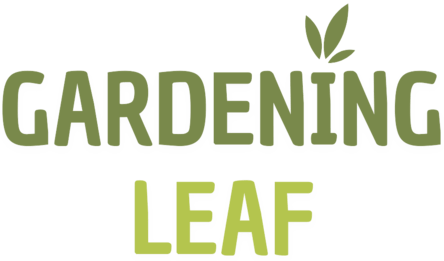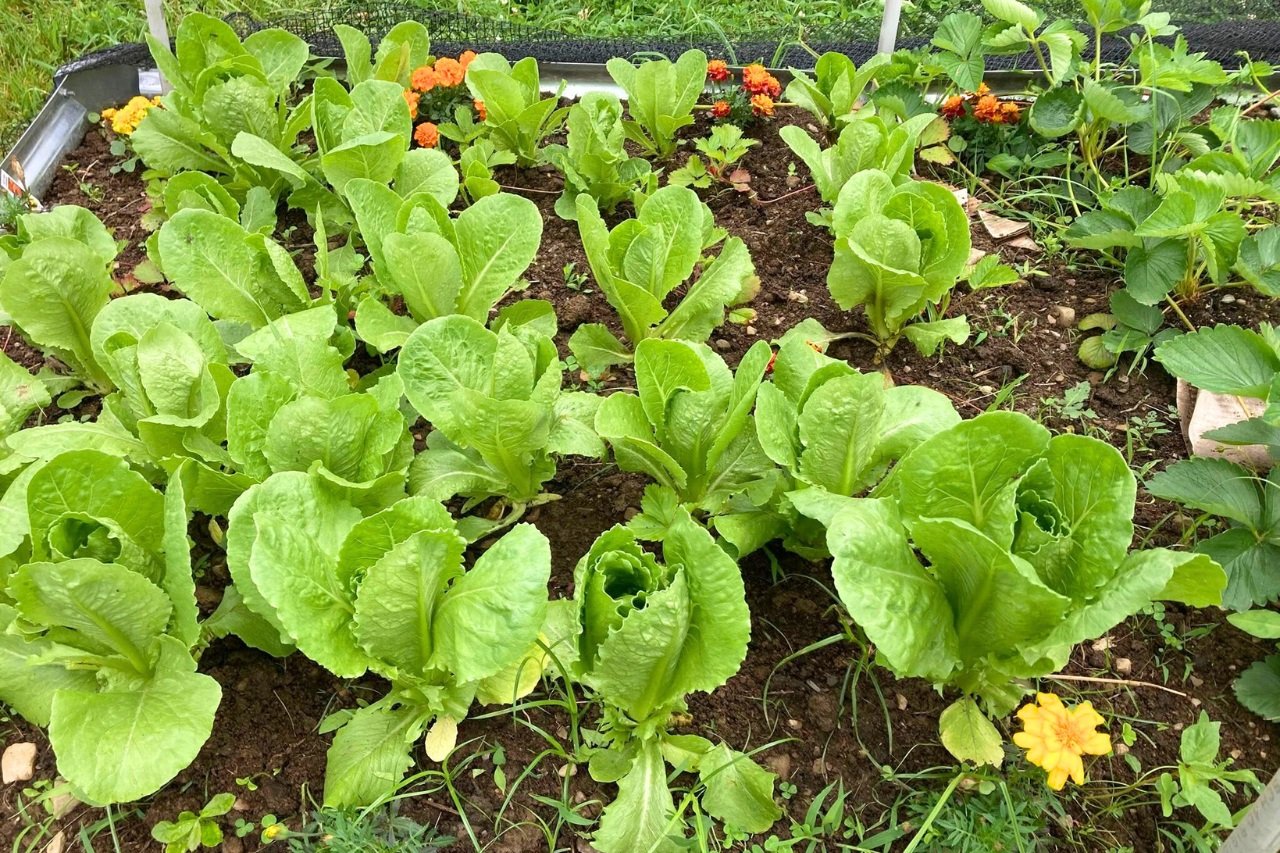I wanna tell you one thing, gardening gets really fun when you grow vegetables that keep on giving.
Personally, I think it’s one of the most fascinating things about this hobby because it feels just like magic.
Instead of one-and-done crops (like a single head of cabbage or one carrot), some veggies let you harvest multiple times from the same plant.
In this guide, we’ll look at 10 easy vegetables that regrow or keep producing so you can enjoy continuous harvests. They are my favorites and also among the easiest to grow, so don’t miss out on them!
1. Lettuce
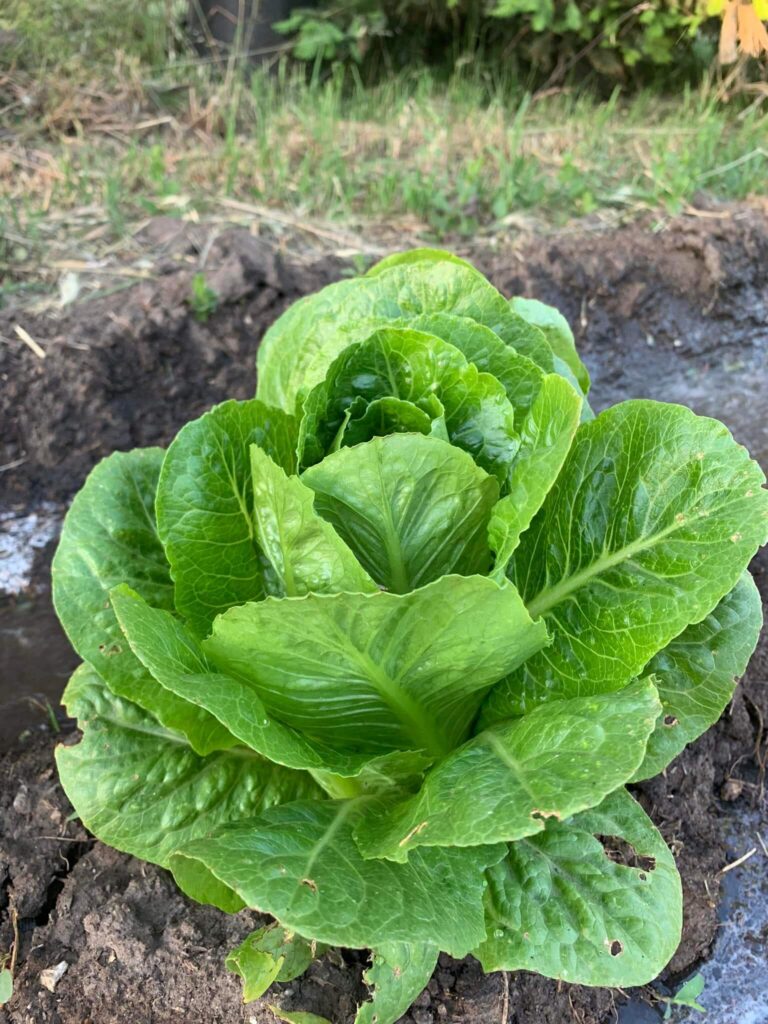
The first vegetable I recommend, especially for beginners, is lettuce.
Obviously, you have to choose loose-leaf lettuce that allows you to snip outer leaves and let the center keep growing, and avoid head lettuces that you have to harvest as a whole.
I think the method is quite simple and easy to understand. Just use clean scissors to trim a few outer leaves from each plant for your sandwich or salad bowl, and new leaves will soon grow in their place.
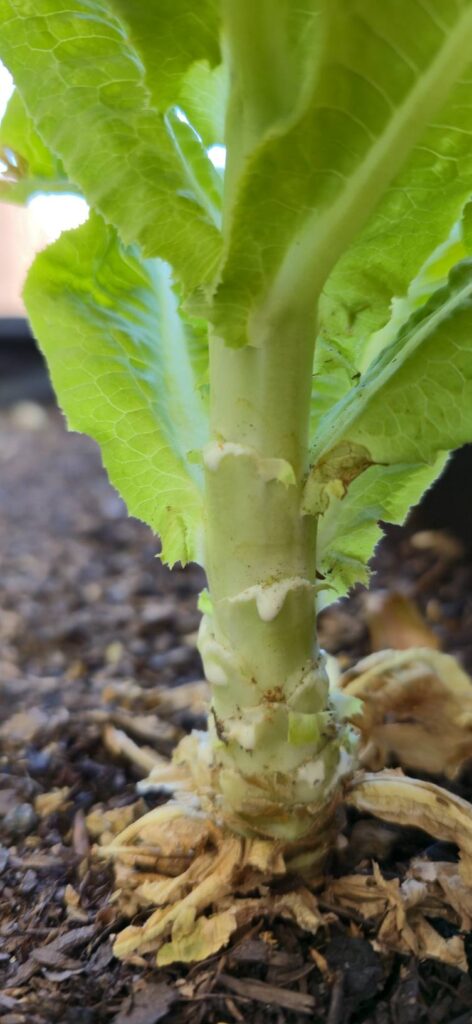
Another positive thing is that lettuce thrives in cooler weather and can be grown in the ground or in containers, so it can be planted in spring or fall for the best results.
2. Kale
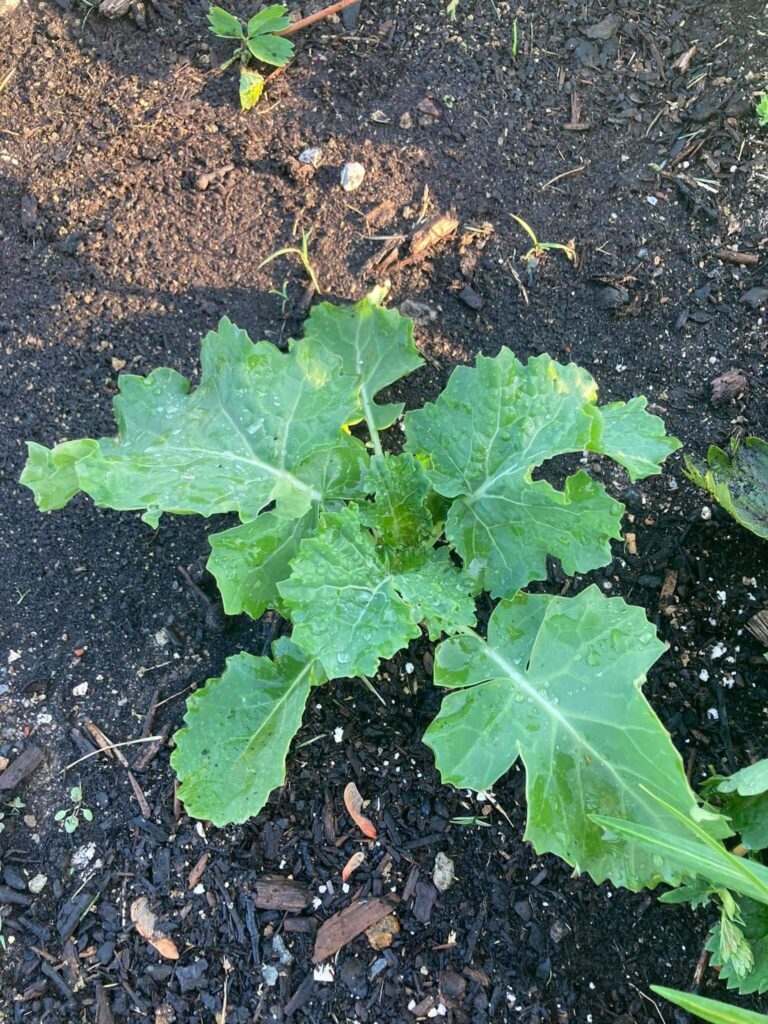
Kale is another vegetable that is particularly well suited to the “cut-and-come-again” method.
It will continue growing new leaves after each harvest as long as you handle it right.
The trick is to pick kale the way nature intended: harvest the oldest leaves from the bottom/outside of the plant and leave the young central leaves intact.
By only cutting off a few mature leaves at a time, you keep the kale producing.
Let me also add that Kale is super beginner-friendly and adapts to different seasons. It can survive frosts and hardy varieties may even overwinter in the garden or a pot if temperatures are mild.
3. Swiss Chard
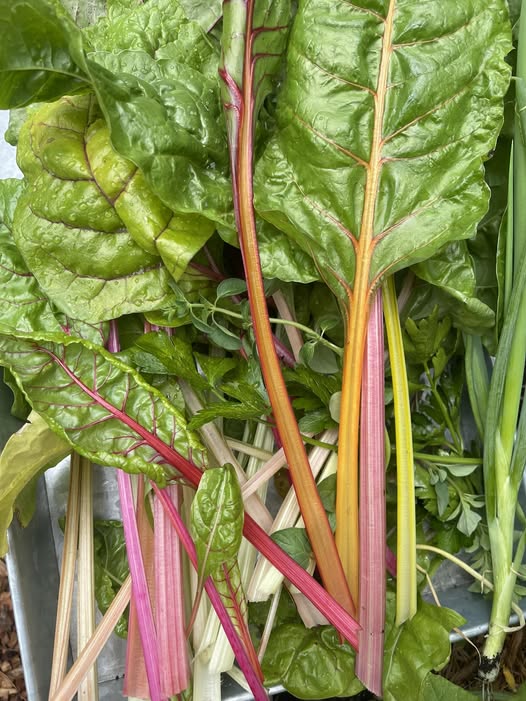
If you’ve been following me for a while, you’ll know how much I love colors in my garden, and for this reason, Swiss chard is a fantastic choice.
You’ve probably already seen this leafy green with vibrant stems of white, yellow, or red; it’s similar to spinach or beet greens but much more durable.
It can be harvested leaf by leaf like kale or lettuce, just trim off the outer stalks and leaves, and new ones will grow from the center rosette.
I also love Chard because it is quite resistant to pests and tolerates a range of conditions. It usually adapts well to both warm and cool climates.
4. Spinach
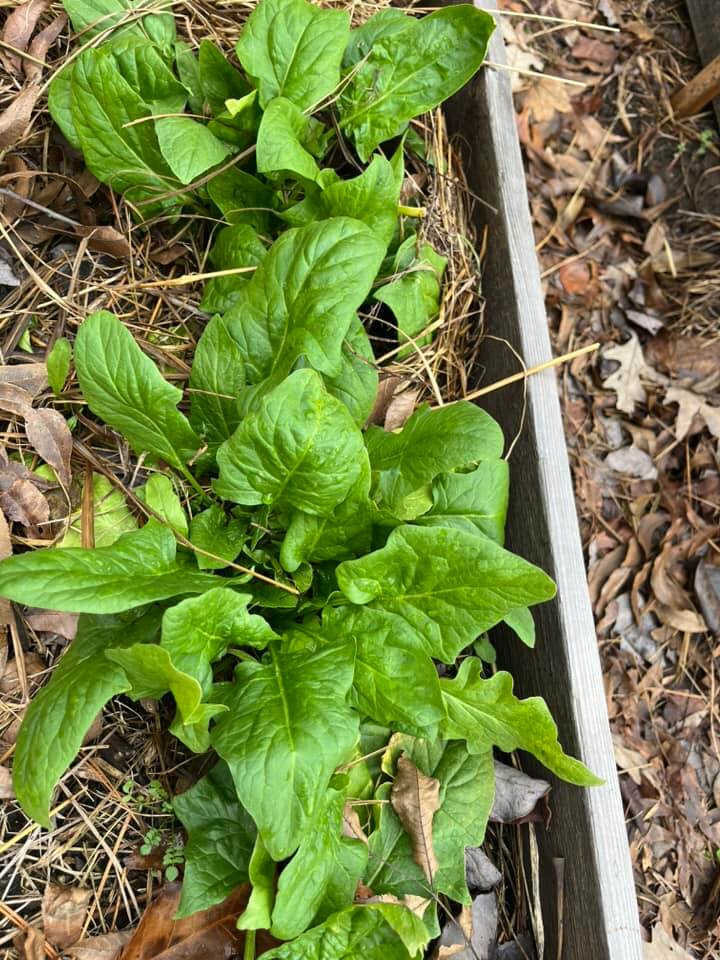
Spinach is another leafy veggie that you can harvest multiple times, although it requires a bit of care with timing.
Like lettuce, spinach grows in a rosette form, which means that new baby leaves emerge from the center while older leaves are on the outside.
To get repeat harvests, use the same strategy: pinch or cut the outer leaves and leave the center of the plant intact.
Removing only the outer mature leaves actually encourages the plant to generate new growth from the middle.
Spinach also loves cool weather and is one of the first veggies you can plant in late winter or early spring. Have a look at the vegetables you can grow in buckets all year long, even in winter.
5. Green Onions
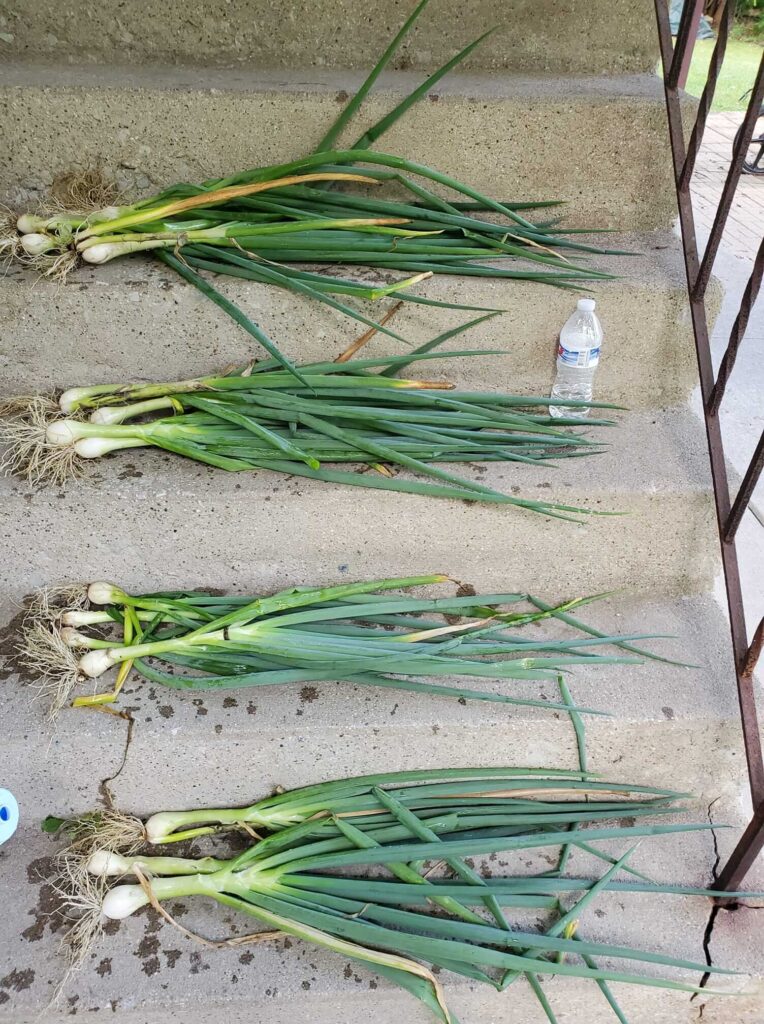
Green onions are another classic choice for regrowth.
You can trim the green tops for cooking, and the plant will sprout new shoots for continuous harvests.
Even more fun, try the kitchen scrap method: save the white root ends from a bunch of scallions, stick them in a glass of water or a bit of soil, and watch new green shoots emerge within days.
Just be careful when harvesting, leaving a few centimeters above the roots, and the onions will continue to grow back over and over.
Another thing that I love about scallions? They are extremely low-maintenance. They will grow in almost any soil and only need a few hours of light a day.
6. Celery
Surprise – you don’t have to pull up a whole celery plant to enjoy those crisp stalks!
It was a mistake I used to make too, but then I learned that celery can be harvested stalk by stalk, allowing the plant to keep growing new inner stalks.
Just carefully cut or snap off a few outer celery stalks at the base when they’re big enough to use, and the plant’s center will continue to produce new stalks from the heart.
PRO TIP: Celery is challenging to grow from seed. A popular shortcut is to regrow it from kitchen scraps. Save the bottom 2 inches of a celery bunch and place it in water until roots form, then transfer to a pot or garden bed.
7. Tomatoes
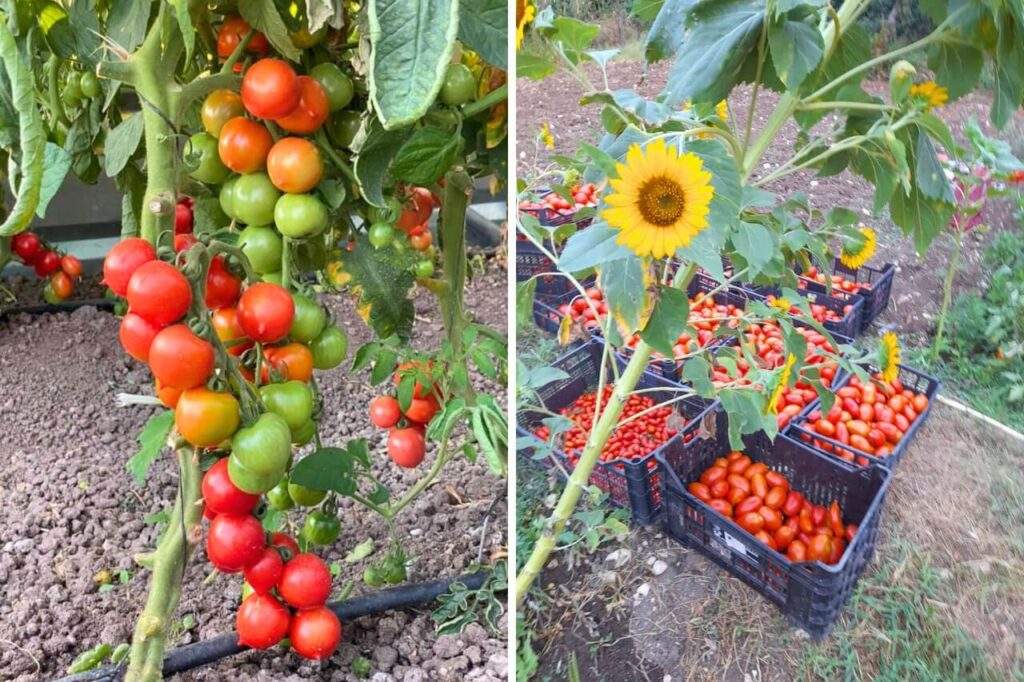
There’s nothing like a fresh tomato off the vine – except maybe a whole summer of fresh tomatoes off the same vine!
Tomato plants (especially indeterminate varieties) are known for producing continuous harvests all season long.
So if you want tomatoes, you can harvest again and again, plant an indeterminate cherry or slicing tomato: you’ll be picking ripe tomatoes every few days once they get going.
I have already explained the difference between determinate and indeterminate plants. You can find this information, along with all the other tips, in the article on how to prune tomatoes for maximum yield and plant health.
8. Peppers
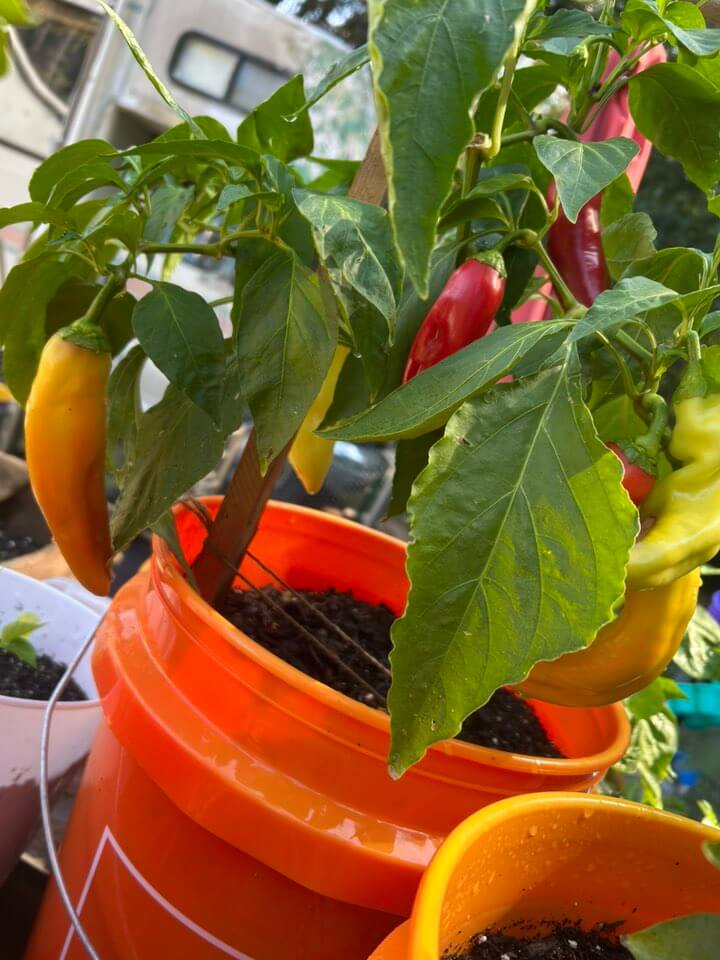
Most pepper plants guarantee multiple harvests over their growing season.
The key to extended picking is to harvest peppers as they ripen, which in turn encourages the plant to set more fruit.
If you leave mature peppers hanging on the plant too long, the plant gets the signal that it’s done its job and may slow down on making new peppers.
I often get 2–3 flushes of peppers from one plant: the first green peppers of summer, then a second wave that ripen to red by late summer, and sometimes a smaller fall crop if the weather permits.
PRO GARDENER: Early in the season, you can pinch off the first few flower buds to force the plant to put energy into growth – this often results in a bushier plant that ultimately yields more peppers
9. Green Beans
Homegrown green beans are incredibly productive, and with the right variety, you can be harvesting again and again for many weeks.
There are two main types: bush beans, which tend to produce a big initial crop over a few weeks, and pole beans, vining types that keep producing pods over a longer period.
If you have space for a trellis or pole, try growing pole beans – they might start a bit later, but once they hit their stride, you can pick beans daily or weekl,y and the vines will continuously set new pods as long as you keep them picked.
Just remember that regular harvesting is critical: if you let pods mature fully on the plant (bulging with seeds), the plant will slow down or stop producing new ones.
Also consider that beans are a classic summer crop. You should sow seeds after the soil has warmed in late spring.
10. Zucchini
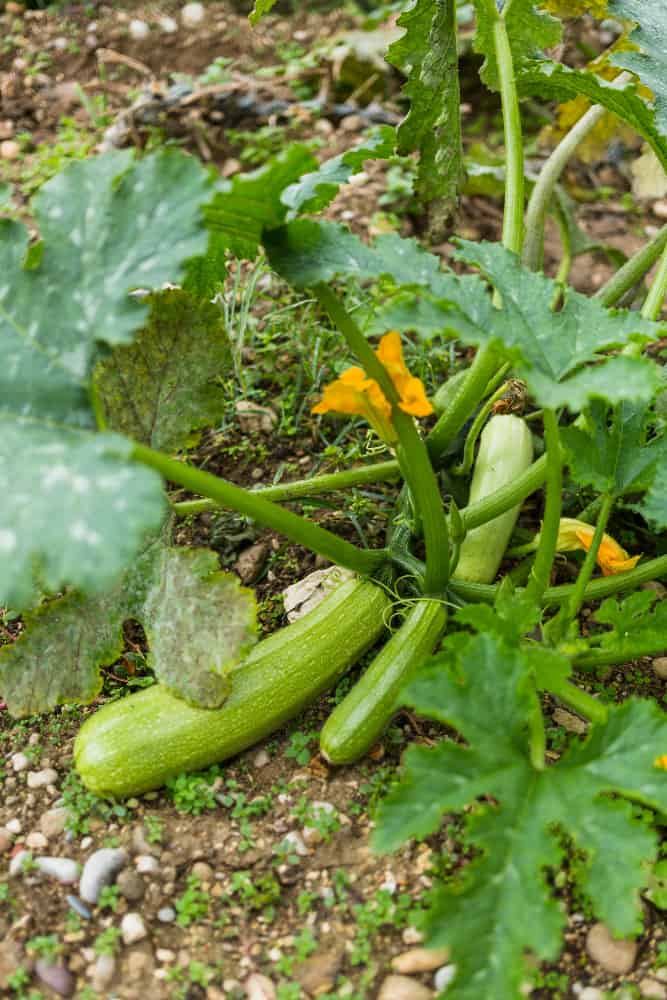
I want to end this list with zucchini, which is an incredibly prolific plant. Luckily, I really enjoy using it in the kitchen!
Anyway, a healthy zucchini can really produce a lot of fruit, especially if you keep harvesting them at a medium size.
Like many other veggies we’ve seen in this list, harvesting regularly encourages the plant to produce even more flowers and fruit.
A while ago, I also posted a funny photo on Facebook about this. With zucchini, it seems like you can’t even blink. Looks like they double in size overnight!
What else can I say…well, they need plenty of space (they’re bushy) and they need quite a lot of water, just try to avoid wetting the leaves to prevent mildew. Remember to have a look at the most frequent watering mistakes and check the list of vegetables that grow well even in shady gardens.
